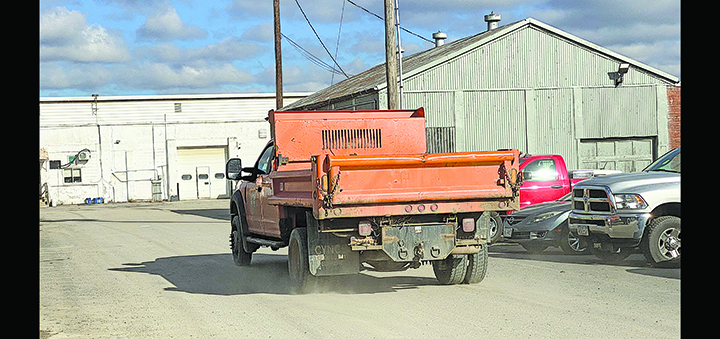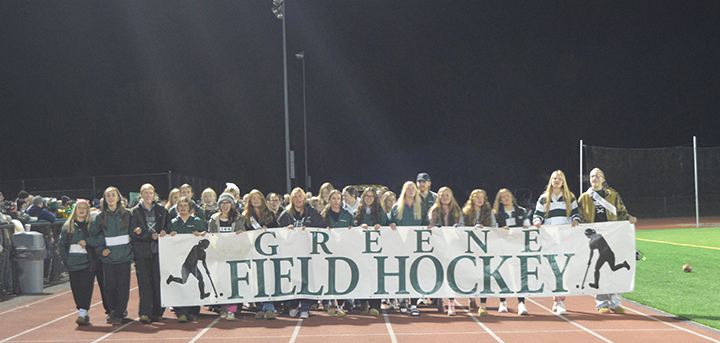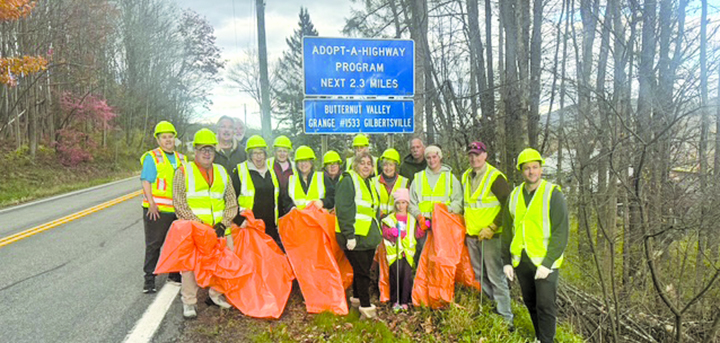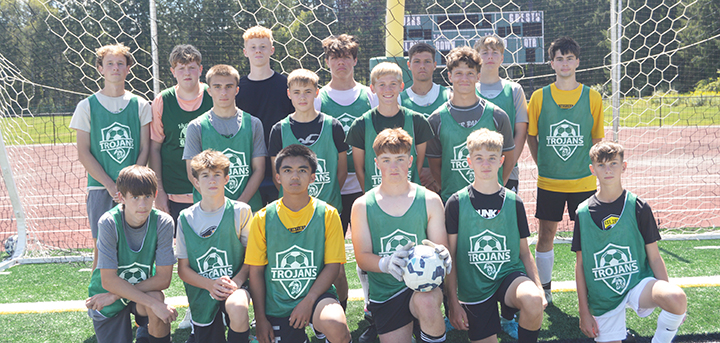Week seven: Pyramid schemes
The rising sun found a window in the cloudbank and used the moment to cast its rays through a curtain of raindrops, painting a small rainbow on the face of the Maroon Bells – the most iconic mountains in all of Colorado. Violet-green swallows flew sorties across the surface of Maroon Lake, while a choir of their winged brethren sang songs of morning from the stands of willows lining the banks.
The setting was idyllic. Unfortunately, the stormy weather was inappropriate for an attempt on Colorado’s third-hardest Fourteener: Pyramid Peak. I could push my luck, continue up the mountain and hope the rainfall wouldn’t make the cliffs and ledges more treacherous than they already were, or I could postpone the hike and stay a second night with my Aspen hosts and their hyperactive two- and four-year-old sons, who started wrestling me the instant I set foot through the door, and scarcely let up until their 10 o’clock bedtime. I wasn’t sure which option was scarier. Tough to decide… fourteener or four-year old…fourteener or four-year old… .












Comments